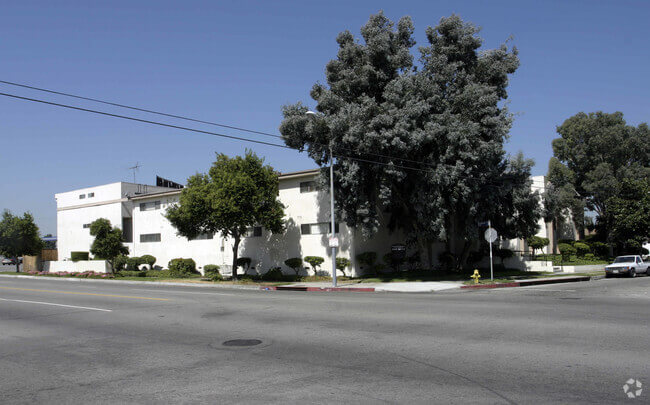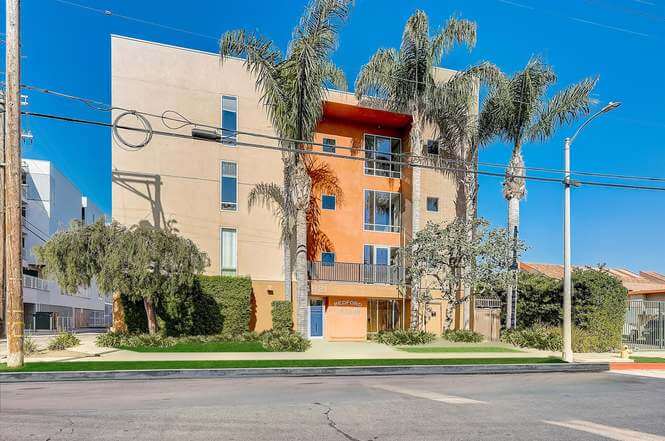- CONTACT US | 7941 CANOGA AVE., CANOGA PARK |
- +1 (818) 888-8065
- +1 (818) 634-4222

Arleta is a community in the San Fernando Valley that was officially recognized as an independent neighborhood in 1968. Though it shares a lot of demographics with neighboring Pacoima, the two neighborhoods are distinct. As of 2013, Arleta is a mix of blue-collar residents, working-class families, and young families. It also has a large Latino population.
The neighborhood’s history dates back to 1880, when frenzied real estate speculation led to the development of the Pacoima area. However, the area remained largely rural until the early 1900s. In the 1940s, a large number of manufacturing plants were located in the Arleta Valley, creating thousands of jobs. But the economy has not been immune to the loss of these industries. Since the 1980s, Arleta has experienced a shift in demographics. Today, the majority of the residents are young adults and families.
One way in which the neighborhood has transformed itself is through the creation of an outdoor space known as the Arleta Triangle. The project was conceived as a means of improving the safety of motorists. Located at the intersection of SE Woodstock Boulevard and 72nd Avenue, the triangle was designed to separate traffic from each other, allowing drivers to turn left or right without fear of collision.
Prior to the project, the triangle was only a small traffic island. Now, it has become an important part of the neighborhood. It provides a space for celebrations and other events. A former right-turn lane has been converted into an open space for pedestrians. This makes it easier for people to cross the street. There are also orange traffic barrels to help fight gun violence. While this was initially met with skepticism from some members of the community, it has been proven to be a success.
When the Arleta Triangle was first created, it was a single lane with a sidewalk and trees on either side of the road. Many residents were concerned about driving at high speeds along SE Woodstock Boulevard. Several surveys showed that the community wanted a safer place to gather.
To address the needs of the community, the neighborhood collaborated with PSU’s Center for Public Interest Design to conduct 400 surveys in five languages. Using a community planning process, the survey results revealed that residents wanted a safe place to gather, and greenery and vegetation were a top priority.
The project was funded by the Office of Commissioner Hardesty and the Portland Bureau of Transportation. It included lighting, construction labor by Anderson Construction, and design by Portland State University. During the first three months of the pilot program, shootings in the neighborhood dropped by 64 percent. Although the program is no longer active, officials are working to expand the square.
In the future, the goal is to create more green space in the neighborhood, especially in areas where residents are most vulnerable to violence. Homeowners are also encouraged to convert detached garages into secondary housing units. These units will provide extra cash for families to help them through the rising costs of living.
Exploring the Natural Beauty of Arleta’s Parks and Open Spaces




